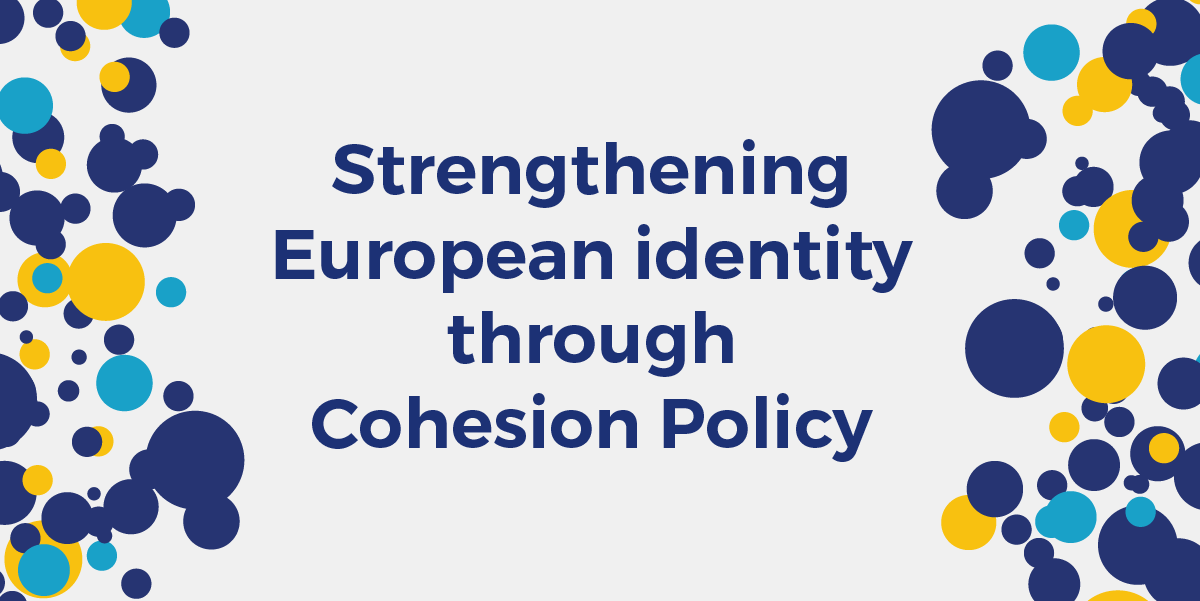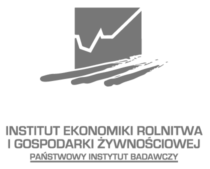PERCEIVE Work Package 1
Framework for comparative analysis: differences, implementation, perceptions and data gathering
How is Cohesion Policy practiced and understood in European regions?
European Cohesion Policy aims at delivering equal levels of economic and social development all over the European Union.
But does Cohesion Policy exert the same impact on European Regions? Lets take a look at the available data.
We’ll also produce our own data: how do European citizens perceive Cohesion Policy?
Let’s build a survey! Romania, Italy, Poland, United Kingdom, Spain, Austria and Sweden.
Objectives:
This Work Package has a twofold objective: to introduce the main concepts of the PERCEIVE projects and to build the framework for the next stages of research activities. The Work Package consists of three tasks, whose aims are to shed light on the interactions between the following constructs:
- the heterogeneity of the European regions, understood as territorial units with their own endowments of socio-economic, cultural and institutional traits targeted by Cohesion Policy;
- the framework of Cohesion Policy and its actual implementation experiences, that differ from country to country and from region to region;
- the contribution of Cohesion Policy to the emergence of a European identity and to the citizens’ identification with the European integration project.
Due to the practical impossibility of covering all the 276 European NUTS2 regions, the Work Package envisages a comparative analysis on a sample of 9 case-study regions. The selection criteria were defined with the aim to ensure a proper geographical coverage and to grasp the heterogeneity of the different development (rich/poor, growing/stagnating, etc.), socio-cultural (Euroskeptic/enthusiast, etc.) and institutional (federalist/unitary, etc.) realities of the European Union as a whole. The regions selected are Sud-Est (Romania), Dolnośląskie and Warmińsko-Mazurskie (Poland), Emilia-Romagna and Calabria (Italy), Essex (United Kingdom), Extremadura (Spain), Burgenland (Austria), and Norra Mellansverige (Sweden).
The methodology involves a combination of quantitative and qualitative methods: SWOT analysis, focus groups, data analysis, and an extensive survey targeting approx. 25,000 European citizens are run in order to achieve the WP objectives. By triangulating data on the region’s specificities, Cohesion Policy programmes and citizens’ appreciation we expect to deepen our understanding on how institutional settings and territorial features impact on the practical arrangements and scopes of Cohesion Policy and its actual contribution to the European project.
Milestones:
- M2: Framework for comparative analysis, month 5;
- M3: Focus groups, month 9;
- M4: Survey, month 12.
WP1 Deliverables
D 1.1 · WP1
May, 2017
Report on regional case-studies
lock_outlineD 1.2 · WP1
November, 2017
Dataset built from the survey at citizen level for the case-studies regions and report ...
lock_outlineWP1 Updates
Wokshop with LMAs in Merida, Spain
by University of Barcelona | 28/09/2018
Wokshop with LMAs in Eisenstadt, Austria
by Vienna University of Economics and Business | 27/09/2018
Wokshop with LMAs in Wrocław, Poland
by Institute of Agricultural and Food Economics – National Research Institute | 24/09/2018
Wokshop with LMAs in Bucarest, Romania
by Romanian Academy – Institute of Agricultural Economics | 13/09/2018
Wokshop with LMAs in London, United Kingdom
by University of Portsmouth | 03/09/2018
Last WP1 journal article
“Strengthening European identity through Cohesion Policy”: the PERCEIVE Conference in Bucharest
16/10/2018 | Romanian Academy – Institute of Agricultural Economics | Events | WP2, WP1, WP4

We have started our last year of the project: what are the findings so far? What our first recommendations? PERCEIVE researchers will hold a Conference in Bucharest on the 25th and 26th of October to present their research results to policymakers, practitioners and stakeholders of the case-study regions.












